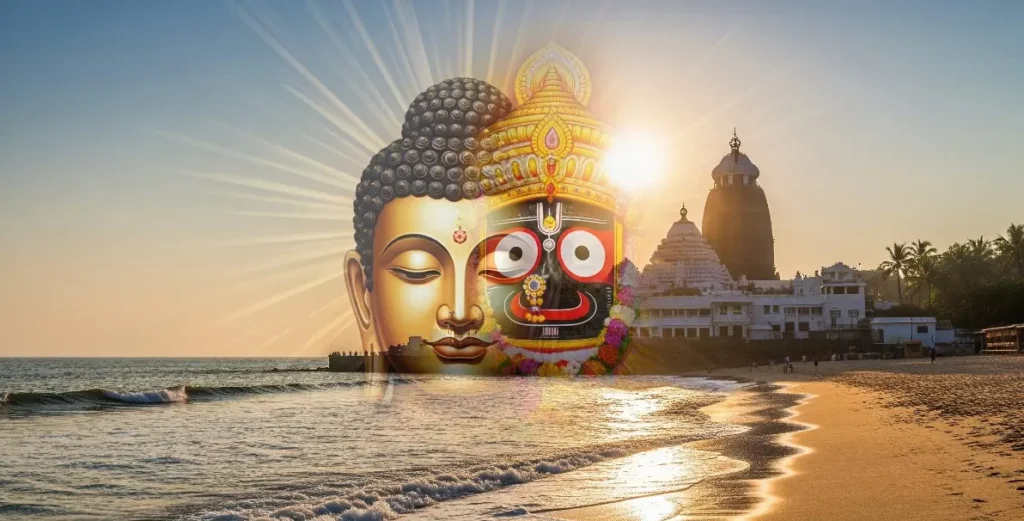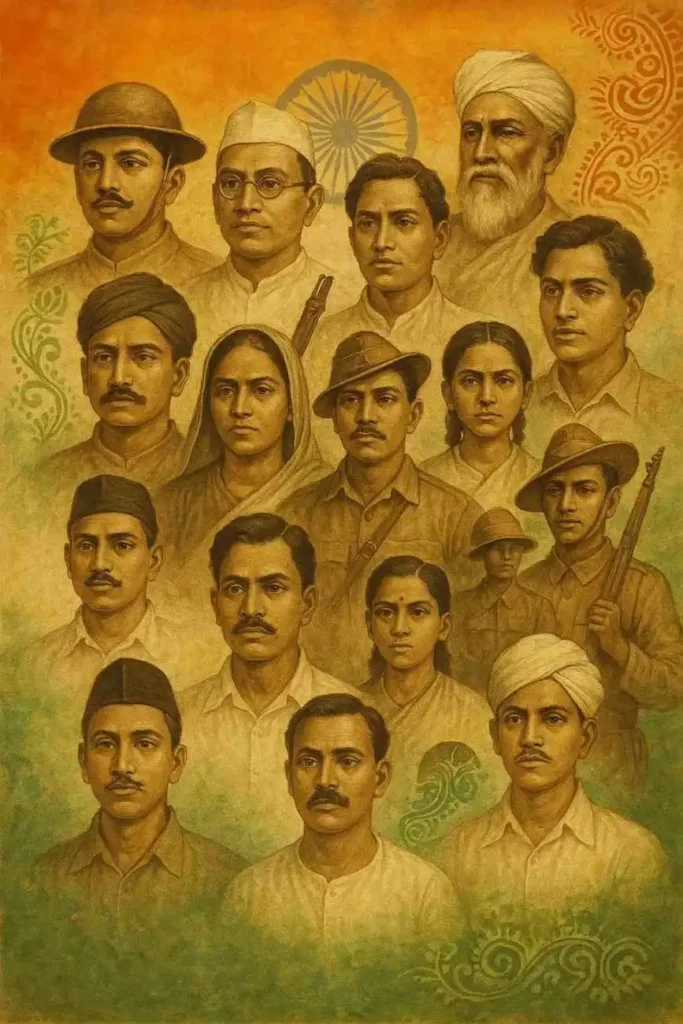
Table of Contents
To begin with, the Jagannath Rath Yatra, often called the Car Festival, is not just a religious event—it is a living, rolling symbol of devotion, inclusivity, and age-old tradition. Moreover, every year, millions gather in Puri, Odisha to witness this monumental journey of Lord Jagannath, Lord Balabhadra, and Devi Subhadra from their sacred abode to the Gundicha Temple.
As a result, in this blog, let’s uncover the spiritual, historical, and cultural richness that makes this festival one of the most revered events in India and beyond.The Historical Essence of Jagannath Rath Yatra

Influences and Ancient References:
- Firstly, Bhabisyottara Purana mentions Prahlada drawing the chariot of Vishnu.
- Secondly, in Mahabharata, Lord Krishna’s chariot plays a crucial role.
- Thirdly, ancient Buddhist traditions involved relic processions in chariots—very similar to the Rath Yatra in form and spirit.
The Many Names of Rath Yatra
While “Rath Yatra” is the most recognized name, this festival goes by several other names, each reflecting its deep symbolism and purpose:
- Firstly, Shree Gundicha Yatra: Named after Queen Gundicha, who invited Jagannath to visit his birthplace annually.
- Secondly, Patita Pabana Yatra: The “Savior of the downtrodden” – a symbol of inclusion as even non-Hindus can have darshan on the chariot.
- Thirdly, Naba Dinatmaka Yatra: The nine-day journey from Jagannath Temple to Gundicha Temple and back.
- Moreover, Ghosha Yatra: A public proclamation of divine presence.
- In addition, Adapa Yatra: Refers to the stay of the deities on the Adapa Mandapa at Gundicha Temple.
- Finally, Dasa Avatar Yatra: Celebrates the ten incarnations of Lord Vishnu through symbolic representations on the chariots.

Spiritual Significance of Jagannath Rath Yatra
The Jagannath Rath Yatra is an embodiment of spiritual accessibility. During the nine-day journey:
- Firstly, the deities come out of the sanctum, symbolizing their accessibility to all — irrespective of caste, creed, or religion.
- Secondly, Lord Jagannath, the “Patita Pabana”, grants darshan even to those who are not allowed inside the temple.
- Thirdly, the journey to Gundicha Temple (his maternal home) reflects the divine’s desire to be with his devotees.
The Chariots: Craft, Color, and Symbolism
Every year, skilled artisans, known as Rathakaras, construct the chariots anew using sacred wood and traditional techniques.
| Deity | Chariot Name | Height | No. of Wheels | Colors |
|---|---|---|---|---|
| Lord Jagannath | Nandighosha | 45 ft | 16 | Red & Yellow |
| Lord Balabhadra | Taladhwaja | 44 ft | 14 | Red & Green |
| Devi Subhadra | Darpadalana | 43 ft | 12 | Red & Black |
Rath Yatra Across the Globe
Today, the spirit of Jagannath Rath Yatra transcends Odisha and even India:
- Over 100 Jagannath temples abroad have adopted this festival.
- More than 60 international cities now celebrate their own Rath Yatras.

People Always Ask
1. What is Jagannath Rath Yatra?
2. Why is Rath Yatra called Gundicha Yatra?
3. Who can participate in Rath Yatra?
4. How long is the Jagannath Rath Yatra?
5. What is the significance of pulling the chariot?
Final Reflections – A Festival Beyond Time and Faith
Indeed, have you ever witnessed the divine power of the Jagannath Rath Yatra? Alternatively, do you plan to experience it for the first time? Therefore, we invite you to join the tradition and help spread the spiritual legacy of Jagannath across the world.


